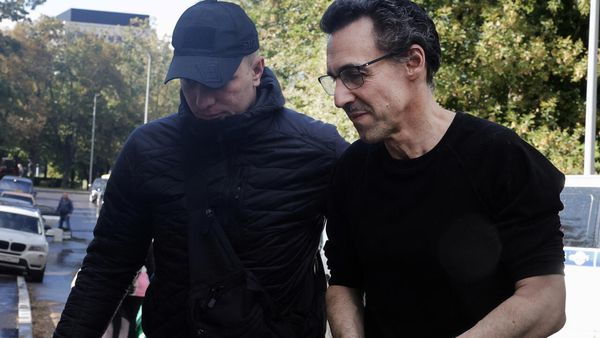More than half of Australians have collided with wildlife while driving over the past year as new data reveals a large rise in crashes.
Car crashes with animals have increased 22 per cent in the past year with NSW at the top for the highest number of accidents, data from insurer AAMI revealed.
Victoria is the second worst state for crashes with wildlife.
"We may not have seen NSW win last night's State of Origin, but we're certainly seeing it take out the title of worst collision hotspots," AAMI Motor Claims Manager Leah James told AAP.
Misconceptions about the most risky times to drive are also rife with the majority of people believing late at night during spring and summer were the most dangerous times.
However, most of the accidents occur in regional towns between 4.30pm and 8pm in winter.
Dubbo in NSW recorded the highest number of claims followed by Sunbury in Victoria and Nebo in Queensland.
"We're seeing that the urban sprawl of those towns is expanding, we are seeing people having more collisions on rural roads more than ever," Ms James said.
Kangaroos, wallabies, wombats, deer, dogs, cows, emus, pigs, foxes and rabbits were among the creatures struck.
WIRES' Kristie Newton said large numbers of wildlife are being displaced by extreme weather events and habitat loss, particularly in Dubbo where 351 hectares of tree cover have been destroyed.
"Our wildlife are becoming more vulnerable to traffic and collisions with vehicles are on the rise," she said.
Middle-aged male drivers were the most common culprits of wildlife crashes with many accidents occurring in Toyota Landcruisers, Toyota Hiluxes, Ford Rangers or Holden Commodores.
"We can make some assumptions that you're looking at (men) that are probably out on the road, dawn and dusk in work-related vehicles," Ms James said.
The crashes also hit Australians' hip pockets with the average insurance claim above $5000 with about 60 per cent of cars being written off.

Many of the accidents have been a result of drivers not paying attention to road signs or dangerous behaviour.
Over 54 per cent of drivers have hit an animal, the data showed, and 40 per cent of drivers admitted to not paying attention to wildlife warning signs.
Meanwhile, 60 per cent admitted to swerving or slamming on the brakes if they did come across an animal, endangering other road users.
"The reason we find that so concerning is that that type of reaction puts themselves at risk and other road users as well," Ms James said.
Drivers in high-risk areas are being urged to pack an animal "rescue kit" with a cardboard box, towel and gloves in case a joey is left inside a mother's pouch.







